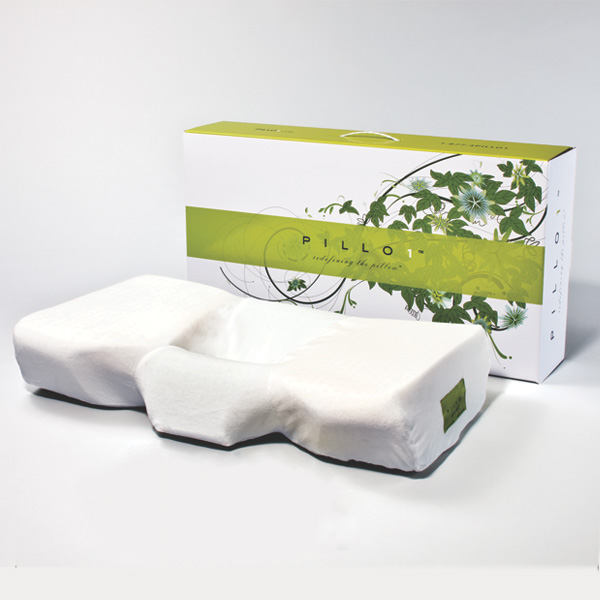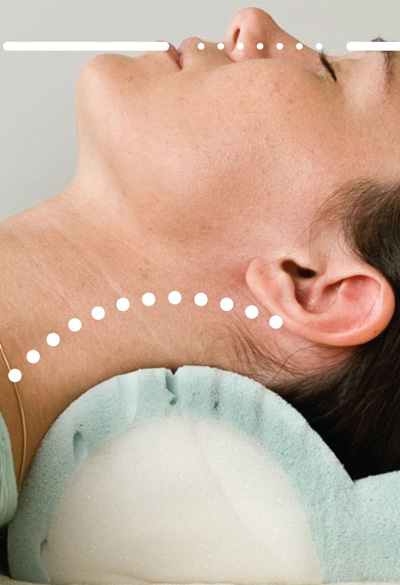No products in the cart.

Stop Counting Sheep: How to Get Better Rest as a Side Sleeper
If you have trouble sleeping at night then you’re not alone. About 40 million Americans suffer from insomnia. Many who can’t sleep at night wind up falling asleep in the daytime which can impair their quality of life.
Are you a side sleeper who wishes that you could get some much-needed shut-eye? This article will take a look at the top tips for getting better rest at night. Read on to explore these tips and stop counting sheep!
What Are Side Sleeping Benefits?
While many think that sleeping on one’s back is the best position, research is beginning to show that side sleeping has its own benefits as well.
When you sleep on your side with proper alignment, it can help reduce low back and joint pain. Sleeping on your side can also enable a major reduction in snoring as the jaw doesn’t retract (posteriorly translate) to the same degree that the back lying position creates allowing for less airway obstruction. Obstructive sleep apnea (OSA) can actually occur in any position but is most commonly found with back sleeping..
The Best Side to Sleep On
As a side-sleeper, you might wonder which side is best to sleep on. It’s believed that sleeping on your left side is best since your organs will be able to purge toxins while you sleep. However there are benefits to sleeping on either side when it comes to relieving lower back pain or sleep apnea.
Keep in mind that while it’s common to shift positions as you sleep, it’s best to avoid sleeping on your stomach which can place strain on your spine and back, and make it difficult to maintain a neutral spine position.
Over time, sleeping on your stomach can cause neck strain, stiffness and even more serious problems such as a rupture of the gelatinous disk between your vertebrae.
How to Sleep on Your Side Safely
First, make sure that you have a side-sleeper pillow to protect your neck, and keep your arms by your side to prevent carpal tunnel and leg and arm pain. Avoid wrapping your arms around the pillow, which can pinch the nerves that run through your shoulder or create other stress and pressure on the shoulder itself. The best side sleeping pillow actually has a shoulder cut-out that relieves pressure on the shoulder while continuing to support your head, neck and TMJ in perfect comfort.
Consider sleeping with a pillow in between your legs to prevent extra strain on your back while sleeping. This better aligns the your hips creating less stress and strain to the pelvis and back.
The Best Side Sleeper Mattress
If you’re a side sleeper. then you’ll want to use a plush medium or medium-firm memory foam mattress in order to avoid pain in your shoulders, neck, or hips. For people who side sleep only, we don’t recommend a firm mattress as the hips need to settle two to three inches into the mattress so the spine can be supported with the upper layer of the mattress. This variable flex will help keep the spine parallel to the mattress surface and still maintain optimal support.
In other words, the memory foam will morph to the curvature of your hips and still allow the back to be supported.
Sleeping on a mattress that is too firm increases the risk of pressure points and pain while a mattress that is too soft may cause or increase spinal compression, crushing pain and trigger points, and simply create insufficient support of the spine.
Choosing the Right Pillow
You’ll want a supportive yet soft enough to forgiving pillow designed with side sleepers in mind to reduce snoring and pain through the night.
Avoid pillows designed with back-sleepers in mind which do not provide the correct placement of your neck.
Side Sleeping Tips
1. Position: Try to sleep with a neutral spine. Try and keep your body as neutral as possible bending your hips and knees both at least 45 degrees for stability. Be sure and find a pillow that is high enough to keep your head in alignment with your spine. This usually means your head should feel at least level with the bed and more likely, slightly elevated while in the side position to be parallel to the slight angle of the mid back (thoracic spine). It is usually a fantastic idea to put a 2-4 inch pillow between your knees to reduce the torque of the pelvis, especially if you have back, pelvis or hip pain.
2. If you are pregnant or have heartburn/stomach issues, you might want to consider sleeping on your left side. Sleeping on the sofa for a couple hours can sometimes help you get used to a new position.
3. Consider using additional pillows to provide support for your body as well as your head and neck.
Now that you’ve explored this guide to sleeping well on your side, you should be feeling well-rested in no time.
If you have questions about which pillow is right for you, contact us today and we’ll help you choose the best pillow for your needs!






